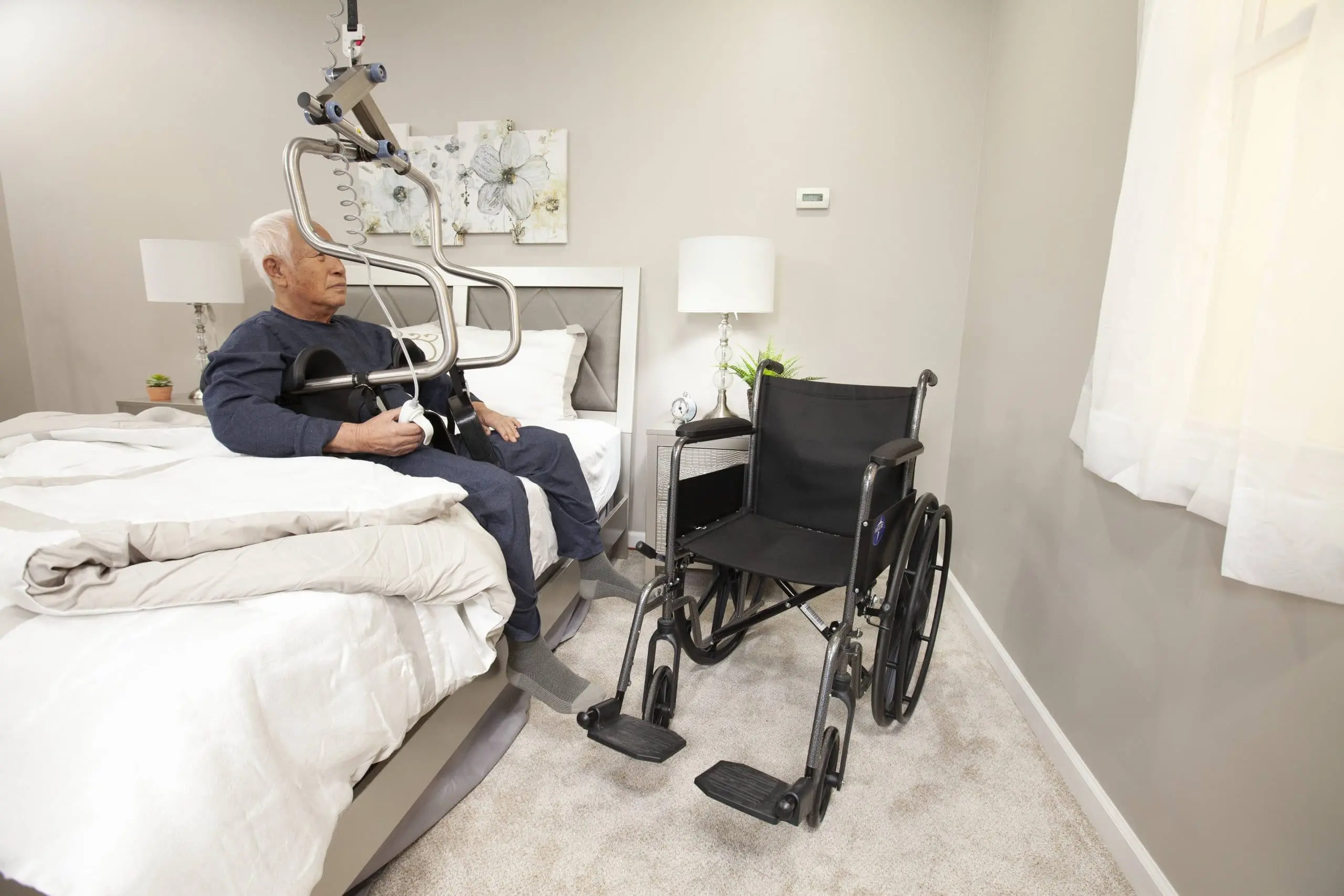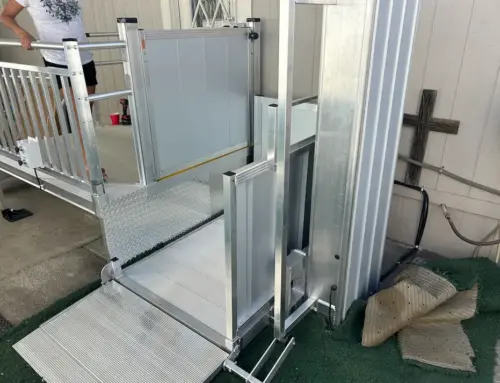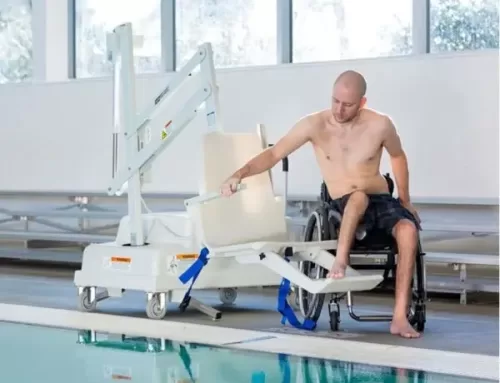Today, we’re diving into a topic that hits close to home for many of us: mobility issues in the elderly. As we age, it’s not uncommon to notice changes in our ability to move freely and carry out daily activities without assistance. Understanding what causes these mobility issues is crucial because it allows us to find effective solutions and maintain independence as we get older.
Think about your grandmother, who enjoys exploring her neighborhood every morning. However, lately, she has struggled with pain in her knees and has difficulty keeping up. This shift can be quite alarming for both seniors experiencing these challenges and their loved ones who care deeply about their well-being.
Thankfully, by uncovering the root causes of mobility issues among older adults together today, we’ll set ourselves up for success when finding ways to overcome them.
What Is Mobility?
Mobility for elderly adults is all about their ability to move around and perform everyday activities independently. It encompasses essential tasks such as walking, sitting, standing, and using our limbs without experiencing pain or discomfort.
However, as we age or face certain medical conditions that limit our physical abilities, like arthritis or muscle weakness, we can start hindering our mobility. These changes in the body can cause a decline in flexibility, strength, and balance and affect everything from climbing stairs to bending down to tying shoelaces.
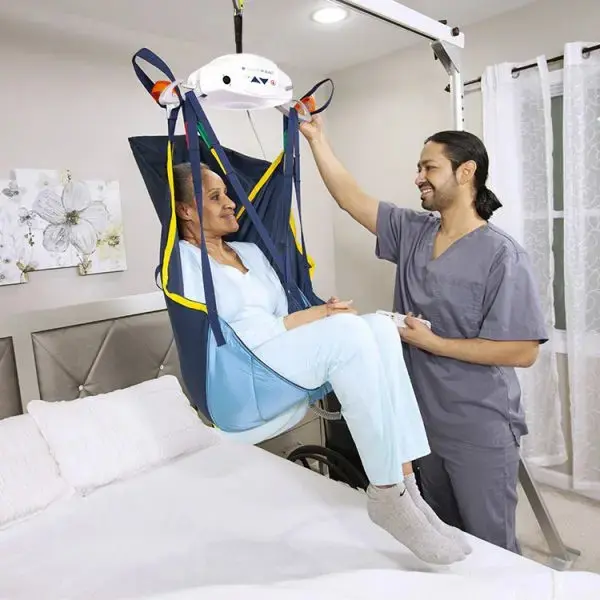
What Causes Mobility Issues in the Elderly?
There are several factors that can contribute to mobility issues among older adults. Let’s take a closer look at some of the most common culprits:
- Age-related changes: As we age, there is a natural loss of muscle mass and bone density. It can impact strength and stability.
- Arthritis: This condition causes inflammation and stiffness in the joints, making movement more difficult.
- Coordination problems: Many seniors experience challenges with hand-eye-leg coordination. As they age, it affects their ability to perform certain tasks smoothly.
- Medications: Some medications have side effects that may affect balance or cause dizziness, increasing fall risk.
- Vitamin deficiencies: Not getting enough essential vitamins like calcium and vitamin D can weaken bones and increase fracture vulnerability.
- Obesity: Carrying excess weight strains joints and makes it harder to move around comfortably.
There’s the issue of joint pain and rigidity, which affects millions. Also, if your elderly relatives are not particularly active with physical tasks, they may face problems hampering their mobility.
What Are the Warning Signs for Mobility Issues in Elderly?
There are several warning signs that may indicate mobility issues among older adults:
- Balance Issues: Becoming unsteady or experiencing frequent falls while walking, which can affect their confidence and independence.
- Difficulty Changing Positions: Struggling to get out of a chair or sit down without support due to weakened muscles.
- Problems with Stairs: Feeling hesitant or struggling to navigate steps safely increases the risk of accidents.
- Fear and Lack of Motivation: They often fear falling or lack the confidence to attempt movements independently. This leads them to avoid physical activities altogether.
These warning signs serve as important indicators for seniors and their caregivers alike so that appropriate measures can be taken promptly.
How Does Loss of Mobility Affect Elderly People?
Loss of mobility can have a significant impact on various aspects of an elderly person’s life. There are a few things that are connected, and as we talk about them, you will see why it is important to deal with them quickly.
-
Independence
For elderly individuals with mobility issues, maintaining independence becomes a challenge. Simple daily tasks like bathing, cooking, or grocery shopping may suddenly become difficult to accomplish without assistance. It’s common for older adults experiencing mobility loss to require additional help around the house.
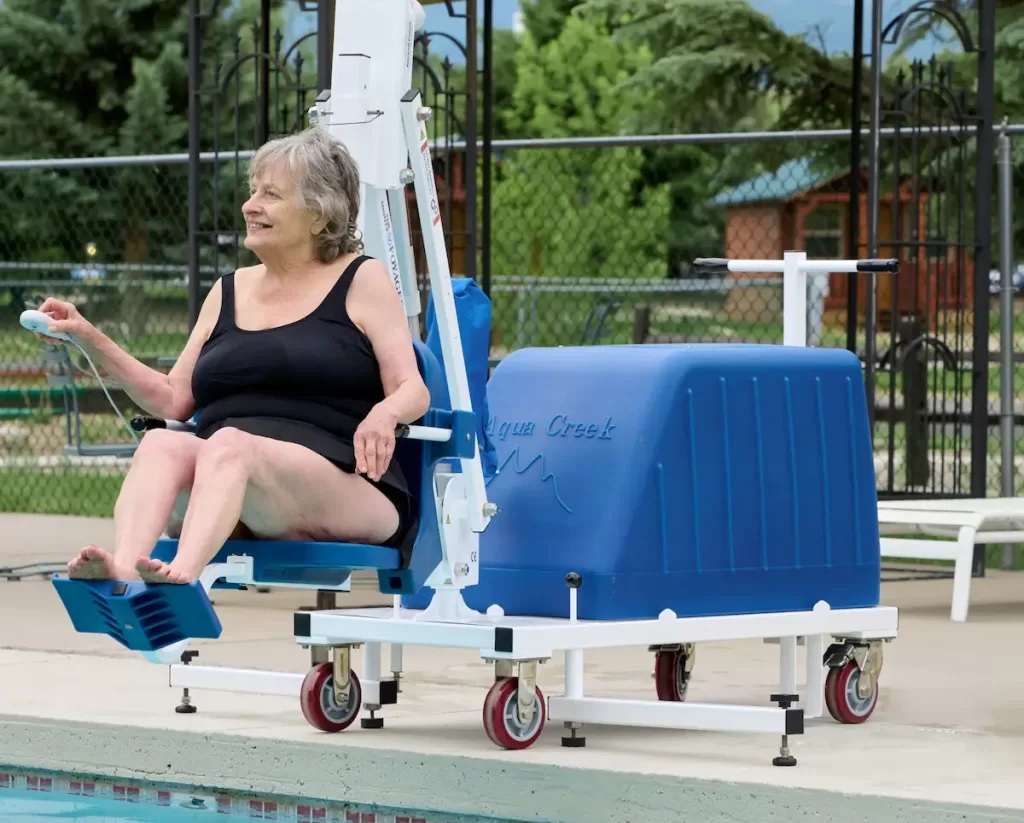
Some may opt for part-time support through home care visits, where caregivers assist with specific tasks. However, those facing advanced mobility issues might need full-time support from live-in care workers. They can provide round-the-clock assistance and even overnight care if necessary.
-
Living situation
For elderly individuals with mobility issues who desire to maintain their independence, utilizing home care services can be a viable solution. These services allow them to stay in the comfort of their own homes while receiving the necessary assistance. Services like- help with personal care or navigating daily tasks like using the toilet.
Moving into a care facility may have potential financial strain and unfamiliar surroundings. Choosing home care ensures they receive tailored support without compromising their living situation or quality of life.
-
Falls
When it comes to mobility issues in the elderly, falls are a major concern. In fact, they’re one of the leading causes that can exacerbate existing mobility problems. Falls can not only cause physical injuries but also have severe consequences for overall health and well-being.
Imagine older people with limited mobility trying to navigate their way around the house when suddenly they lose their balance and take a tumble. Beyond just physical pain or broken bones, falls can be damaging in other ways, too. There can be a rapid decline in health or even fatal outcomes if immediate medical attention is not sought.
-
Quality of life
Mobility loss can have a profound impact on the overall quality of life for elderly individuals. Without access to proper care and support, they may face limitations that hinder their ability to engage in activities they once enjoyed.
You will find some of your closest older adults who used to attend social events regularly. However, they find themselves unable to partake in these gatherings due to mobility issues. This isolation can lead to loneliness and emotional struggles arising from physical limitations. Reduced confidence may follow as seniors feel less connected and integrated within their communities.
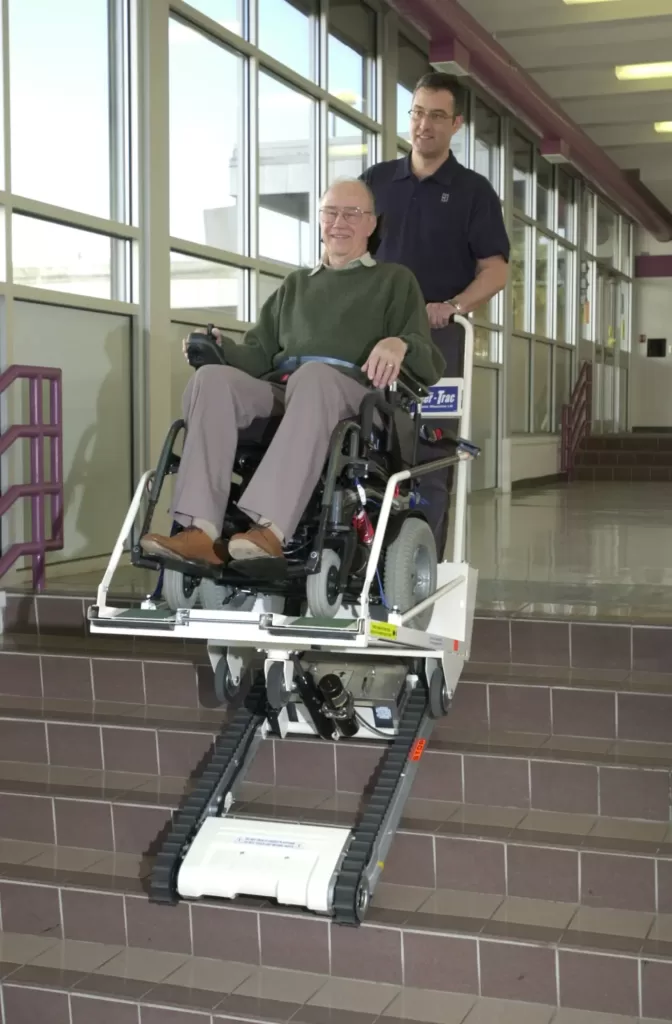
How Can Seniors Overcome Mobility Issues in Their Old Age?
Seniors can reclaim their independence and improve mobility through various strategies. There are solutions to incorporate into their daily lives. By utilizing these, older adults can enjoy a higher quality of life while maintaining autonomy.
-
Staying Active
The importance of staying active as you age cannot be emphasized enough. Engaging in regular physical activities helps keep your bones and muscles strong, improving mobility and reducing the risk of falls. Simple exercises like chair yoga or taking leisurely walks around the neighborhood can work wonders for maintaining balance, coordination, and stability.
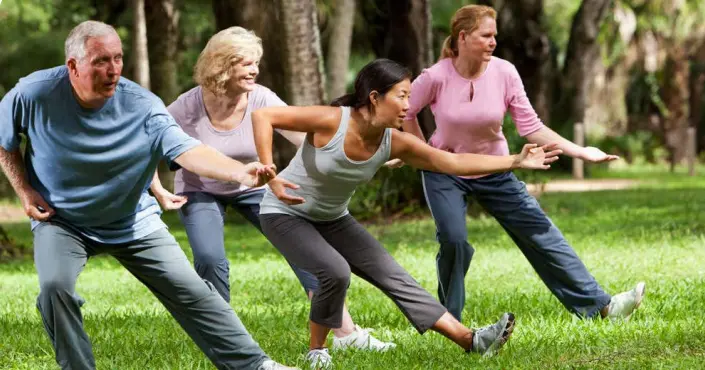
Remember that it’s never too late to start an exercise routine tailored to your abilities. By incorporating low-impact exercises into your daily life, you’ll not only improve mobility but also support a healthy weight management journey.
-
Home Modifications
Sometimes, additional solutions are needed when it comes to addressing mobility problems. Making modifications in your home and equipping yourself with tools and mobility devices can go a long way toward preventing falls and injuries.
Start by identifying potential hazards in your living space using a home safety checklist as guidance. Installing grab bars, shower chairs, stair lifts, lift systems, or other elderly mobility aids will provide the necessary support for safe movement throughout the house.
-
Regular Vision Testing
Your vision plays a significant role in your mobility, affecting eye-hand and eye-leg coordination. That’s why regular vision testing is essential for seniors. By ensuring optimal visual acuity and using corrective lenses if needed, you can enhance your ability to move confidently and safely.
Remember, getting comprehensive eye exams every year or as your optometrist recommends helps detect any changes in your eyesight early on.
-
Monitor Medication
It’s crucial to stay vigilant when it comes to monitoring the medications you take. Some medications can have side effects that impact your mobility, causing dizziness or numbness. Talk openly with your healthcare provider about any concerns and discuss potential alternatives if necessary.
Be proactive in understanding how certain medications might affect your physical abilities. You can work with your doctor to find safer options that won’t compromise mobility or increase the risk of falls.
-
Mobility Devices
For seniors with mobility issues, everyday activities like bathing or climbing stairs can be difficult and even hazardous. Thankfully, there are a variety of mobility devices available that can help make these tasks easier and safer. Take the simple step stool, for instance; it provides support for getting in and out of bathtub or the bed while reducing the risk of falls at home. Opting for a step stool with handles offers enhanced stability and support to prevent accidents.
Other popular mobility devices include walkers or canes to assist with balance while walking longer distances. These tools promote independence and peace of mind, knowing that you have added stability when navigating your surroundings safely.
Is Limited Mobility Unavoidable in Old Age?
Contrary to popular belief, limited mobility is not an inevitable consequence of aging. Research published in JAMA emphasizes that there’s plenty we can do to limit the decline associated with aging.
By adopting a healthy lifestyle—exercising regularly, seeking help for depression if needed, maintaining a healthy weight, quitting smoking, and being mindful of drinking habits—the progression of mobility issues can be slowed down significantly.
According to another review published on NCBI, taking preventative action early on gives us the best chance at preserving our independence and overall physical well-being as we age.
How Can Call Before You Fall Help to Reduce Elderly Mobility Issues?
Call Before You Fall offers a range of mobility safety products designed specifically for older adults facing mobility challenges. From automatic door openers and bath safety products to handrails, ramps, and stair lifts, these innovative solutions promote independence and make daily tasks easier.
By providing essential tools that enhance accessibility within homes or public spaces, Call Before You Fall aims to empower seniors with the ability to move freely while reducing the risk of falls or accidents. Their high-quality products are built with durability, ensuring long-term support for maintaining mobility and overall well-being.
Take charge of your freedom today by exploring the website or contacting the team directly for personalized assistance!
Conclusion
In conclusion, understanding the causes of mobility issues in the elderly is crucial for ensuring a high quality of life and maintaining independence. By recognizing these challenges early on, we can take proactive steps to prevent falls, improve balance and strength, and seek appropriate medical interventions or assistive devices like walkers or ramps when needed.
Let’s prioritize our well-being as well as that of our loved ones by promoting mobility as an essential aspect of healthy aging. After all, staying mobile means staying active and embracing all that life has to offer!

